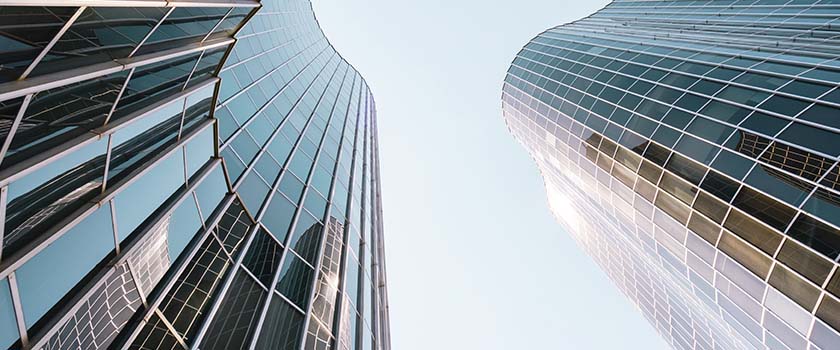Institutional Money (06.05.2021) - In recent months, nominal interest rates have increased globally. While this trend is expected to continue, the drivers of this move are likely to change, thereby affecting how investors position themselves in fixed-income markets.
Recovery rates typically decline in recessions and 2020 was no exception, with recovery rates coming in line with previous recessionary periods.
These rates are also expected to return to more standard levels as economies reopen. With this cleansing of the high-yield market and the more optimistic recovery outlined above, we do not see excessive defaults as a concern for 2021.
One area we are paying particular attention to is interest rates. In response to the crisis and to ensure financial conditions remain loose, global central banks have cut interest rates to their effective lower bounds. Indeed, as economies begin to reopen and growth recovers, interest rates have begun rising, particularly at the middle- and back-end of interest rate curves. Given the favourable macroeconomic backdrop and expectations of further compression in high-yield spreads, coupled with the potential for further increases in interest rates, we currently favour adopting a hybrid approach of low interest rates and full credit exposure for our high-yield allocation.
With this in mind, a common question we are asked is whether or not we expect the high-yield market to deliver positive returns in 2021.
Although timings differ, we see the vaccine rollout as leading to a synchronised global growth recovery. For example, the US and UK will be the initial beneficiaries, given their faster pace of vaccine distribution; however, the EU will follow on shortly after, as supply constraints will soon be lifted. At the same time, stimulus measures are being seen in both regions, with QE programmes continuing at full force, while fiscal policy, in particular following the “Blue Sweep” in the US, should provide another boost to growth. In Europe, the setting up of the EU Recovery Fund will ensure continued fiscal help for the region, where, although there has been some concern as regards the distribution and use of the Fund, the appointment of Mario Draghi as Italy’s prime minister should buoy investor confidence.
We believe this macroeconomic backdrop is positive for risk markets, particularly the high-yield space.
Unlike other fixed-income asset classes, high-yield spreads have not yet recovered to the lows reached prior to the COVID-19 pandemic, implying that, should they do so, investors in high yield would enjoy capital gains in addition to their carry. Similarly, we expect default levels to be contained this year following the increase experienced in 2020, when companies with weaker balance sheets were forced to default rapidly, as economies were effectively shut down overnight.

Philippe Gräub
Head of Global & Absolute Return Fixed Income
Go to his Linkedin profile.

Bernard McGrath
Investment Specialist
Go to his Linkedin profile.








